
In a remarkable turn of events, Lake Shasta, California’s largest reservoir, has reached water levels not seen in over a decade. As of early May 2025, the lake’s elevation stood at 1,061.70 feet, just shy of its full capacity of 1,067 feet, holding approximately 96% of its total capacity and 114% of its historical average for this period. This resurgence is attributed to wet winters and atmospheric river events that have significantly bolstered the lake’s inflow.
Lake Shasta last reached or neared capacity for three consecutive years from 2010 to 2012. This consistent replenishment starkly contrasts the extreme drought conditions experienced in 2021, when the lake was nearly dry. The current water levels are a testament to the state’s improved hydrological conditions and effective water management strategies.
The Role of Atmospheric Rivers

Atmospheric rivers have played a pivotal role in replenishing Lake Shasta. These narrow corridors of concentrated moisture in the atmosphere have delivered substantial rainfall to Northern California, significantly increasing the lake’s inflow.
For instance, during a record-breaking rain event on February 4, 2025, the amount of rain and runoff flowing into the lake reached 102,213 cubic feet per second. Such events have been instrumental in reversing the effects of prolonged droughts and restoring the lake’s water levels.
Impact on Water Supply and Agriculture
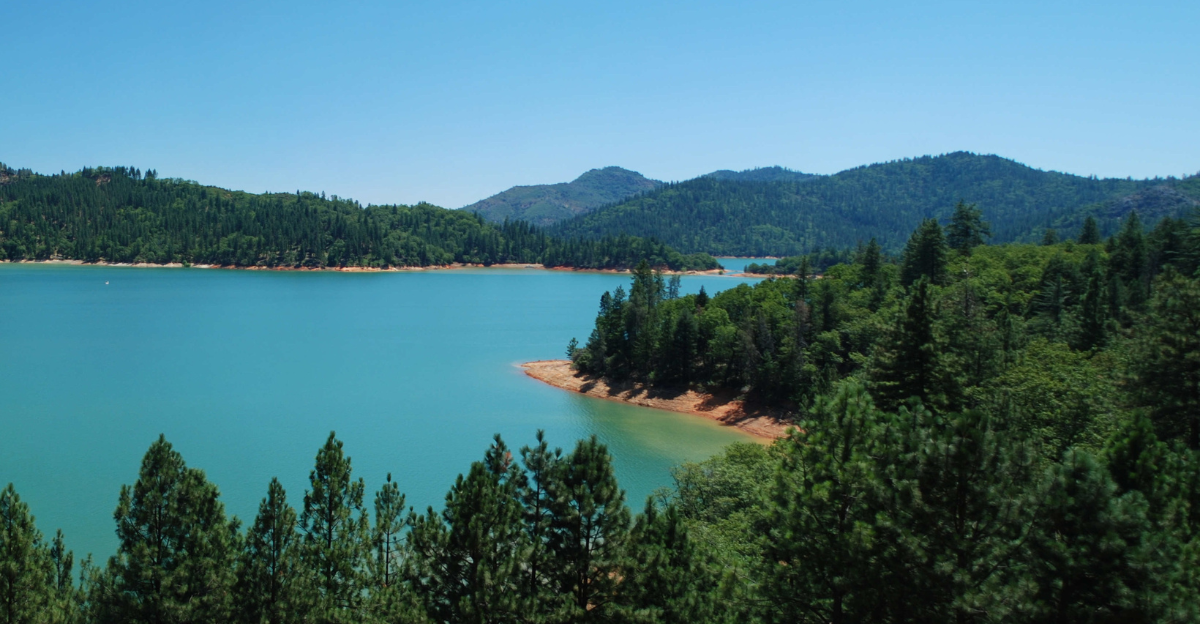
The resurgence of Lake Shasta’s water levels has positive implications for California’s water supply and agriculture. The Bureau of Reclamation has slightly increased water allocations for the year, with many San Joaquin Valley farmers now receiving 50% of requested water, up from 40% in March.
Suppliers north of the Sacramento-San Joaquin Delta are set to receive 100% of their allocations, and urban suppliers south of the delta will get 75%. This improved water availability supports agricultural activities and helps maintain ecological balance in the region.
Comparison with Historical Data
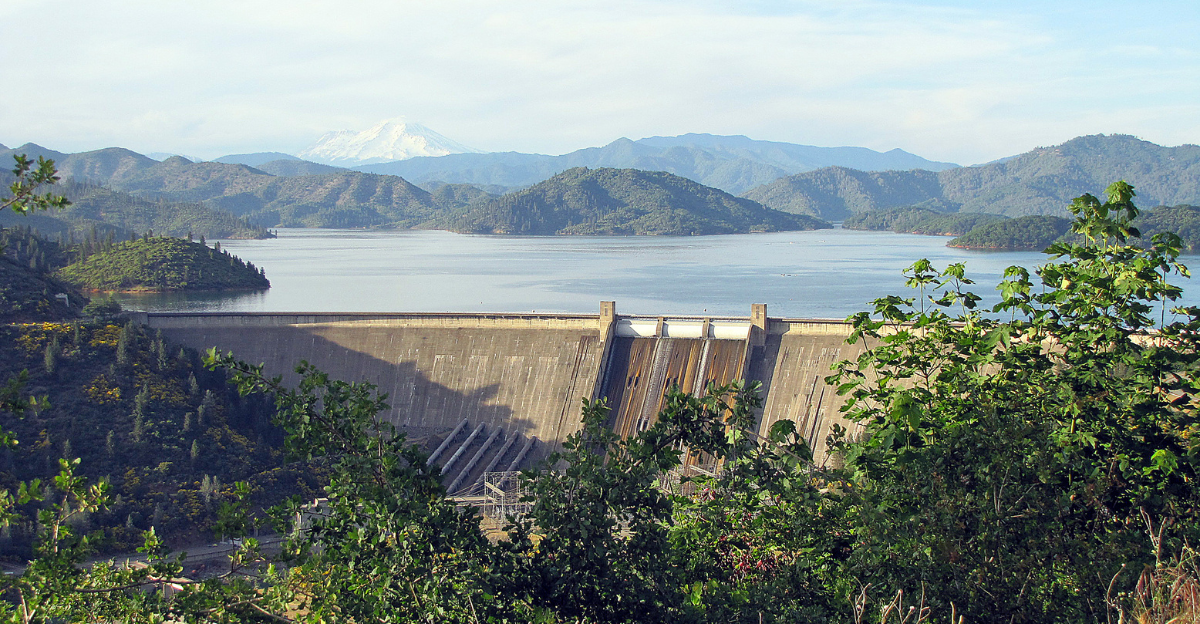
Comparing current data with historical records highlights the significance of Lake Shasta’s recovery. In January 2025, the lake’s water level stood at 1,030.63 feet, marking the highest January levels in at least 15 years.
This is a substantial improvement from previous years, such as January 2023, when the lake was at just 928 feet. The consistent rise in water levels over the past few years underscores the effectiveness of recent water management and conservation efforts.
Influence of Snowpack on Reservoir Levels

Snowpack in the Sierra Nevada plays a crucial role in sustaining Lake Shasta’s water levels. As of early 2025, snowpack in the northern Sierra Nevada was 150% normal, contributing significantly to the reservoir’s replenishment.
The melting snowpack during spring ensures a steady inflow into the lake, supporting water supply for various needs, including agriculture, urban use, and environmental conservation.
Broader Implications for California’s Water Management

Lake Shasta’s recovery reflects broader trends in California’s water management. Following a wet and stormy winter, California’s major reservoirs report significantly higher water levels than in previous years.
For instance, Lake Oroville, the state’s second-largest reservoir, is at 96% of its capacity and 120% of its historical seasonal average. These improvements indicate a positive shift in the state’s water resource management and resilience against drought conditions.
Recreational and Economic Benefits
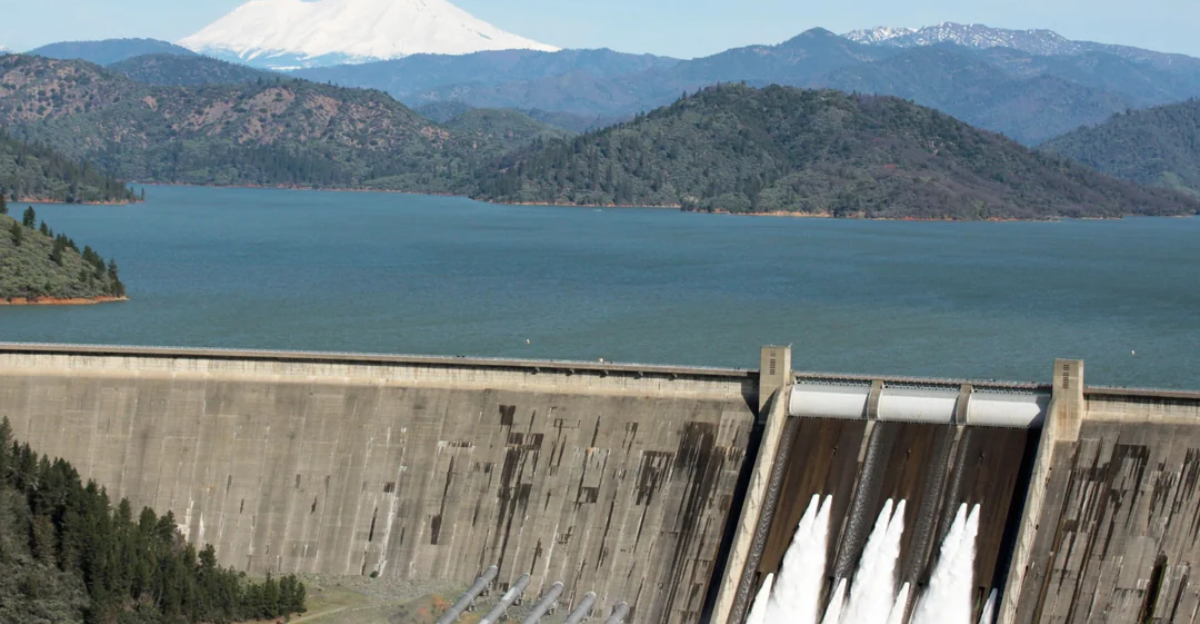
The rise in Lake Shasta’s water levels also brings recreational and economic benefits. Higher water levels enhance boating, fishing, and tourism opportunities, contributing to the local economy.
Additionally, the reservoir’s improved state supports hydroelectric power generation, providing a renewable energy source for the region. These multifaceted benefits underscore the importance of maintaining healthy reservoir levels.
Environmental Considerations
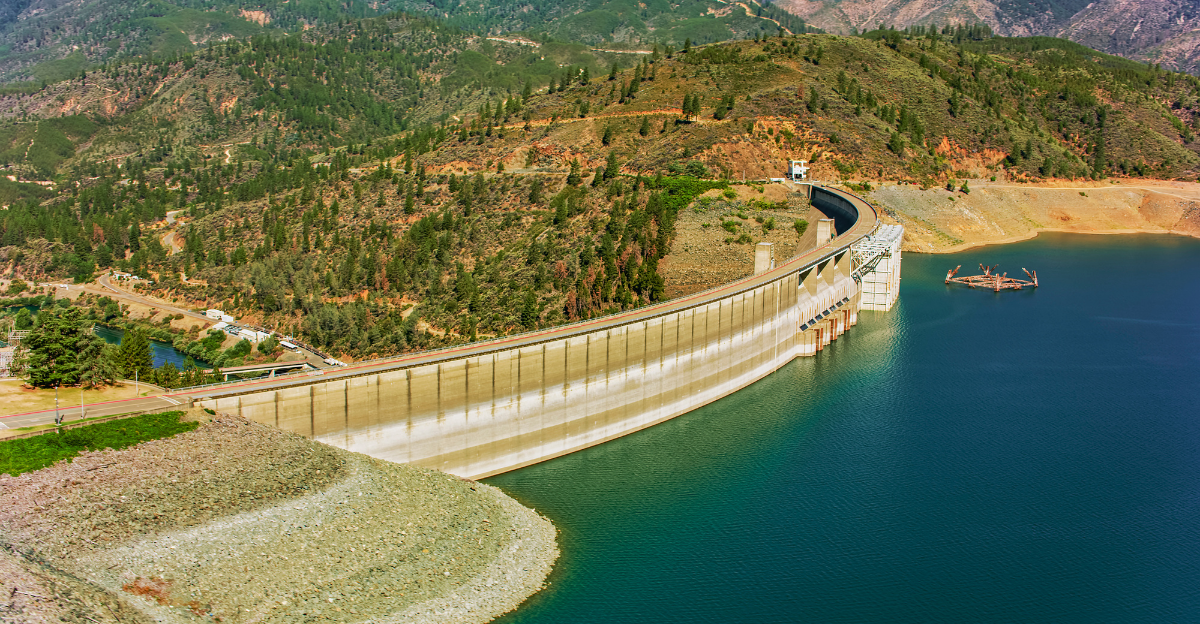
While the increased water levels are beneficial, they also necessitate careful environmental monitoring. Sudden influxes of water can impact aquatic ecosystems and downstream habitats.
Therefore, ongoing assessments are essential to ensure that the ecological balance is maintained and that water releases are managed sustainably to protect wildlife and natural habitats.
Future Outlook and Preparedness

Maintaining Lake Shasta’s water levels will require continued vigilance and adaptive management. Climate variability poses challenges, and the state must be prepared for potential fluctuations in precipitation and snowpack.
Investments in water infrastructure, conservation programs, and predictive modeling will be crucial in sustaining the reservoir’s health and ensuring water security for California’s diverse needs.
A Testament to Resilience
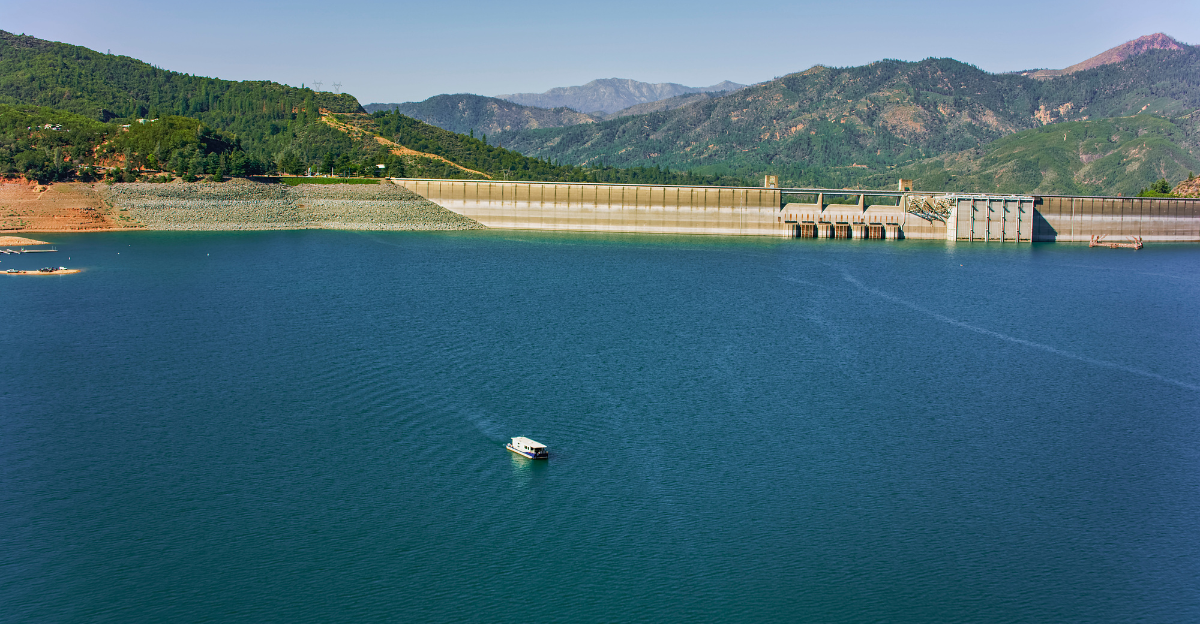
Lake Shasta’s resurgence is a testament to California’s resilience and the effectiveness of concerted water management efforts. The reservoir’s recovery from near-dry conditions to near-full capacity within a few years highlights the dynamic interplay between natural weather patterns and human intervention.
As the state continues to navigate the complexities of water resource management, Lake Shasta stands as a symbol of hope and a reminder of the importance of sustainable practices.
Explore more of our trending stories and hit Follow to keep them coming to your feed!

Don’t miss out on more stories like this! Hit the Follow button at the top of this article to stay updated with the latest news. Share your thoughts in the comments—we’d love to hear from you!







